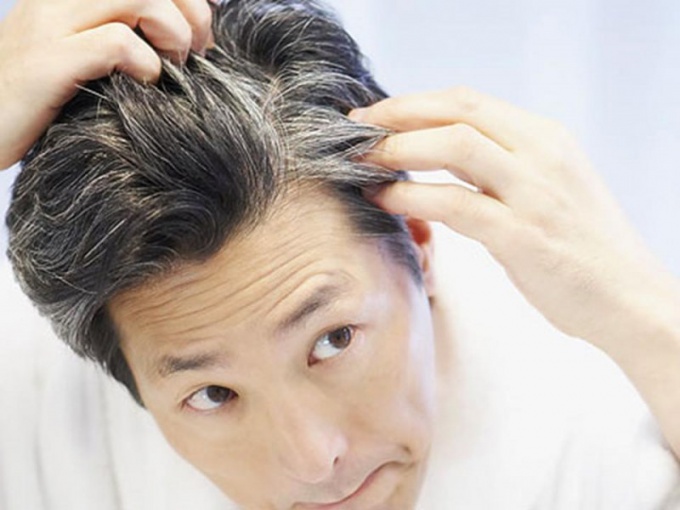You will need
- - antihistamines;
- - hormonal ointments or creams;
- - topical inhibitors;
- - corticosteroids;
- - cytostatics.
Instruction
1
Discovering the signs of seborrheic eczema, go immediately to the dermatologist. Disease it is important to "capture" in the beginning, it has not led to complications. Specialist will diagnose and, if necessary, will make the scabs is a disease of the skin and explores them in the laboratory. Treatment will be chosen depending on the stage of the disease, its severity, your individual circumstances.
2
The most common treatment is the appointment of corticosteroids – ointments or creams containing hormones. These substances reduce inflammation of the skin, accelerate the regeneration process. If you recommended a similar tool, apply topically "Elokom", "Advantan" or "Lokoid". The first two apply to affected skin in a thin layer once a day, the last 3 or 4 times. Note that you can apply these ointment and cream without prescription dangerous: they cause thinning of the skin and can contribute to the accession of bacterial infection.
3
Today there's a new group of drugs that help to alleviate the condition of patients of different kinds of eczema, including seborrheic. This topical inhibitors. They do not contain hormones and reduce inflammation on the skin. In addition, these funds relieve itching associated with this disease. Try to apply ointment "Tacrolimus" or "Protopic" cream "Pimecrolimus". But again, only as directed by your healthcare doctor.
4
If seborrheic eczema is severe, inflamed too large skin areas and local therapy does not bring the expected results, specialists prescribe a systemic treatment. It is expressed in taking drugs that suppress the immune system. This, for example, corticosteroids such as "Prednisone," "Triamcinolon" etc. they should Take in the form of tablets or injections. In severe cases, cytotoxic agents are used – "Cyclosporine", "Methotrexate", etc.
Useful advice
To relieve the itching with seborrheic eczema, you can take antihistamines – "Tavegil", "Suprastin", "Aerius", "Zyrtec" and the like.
